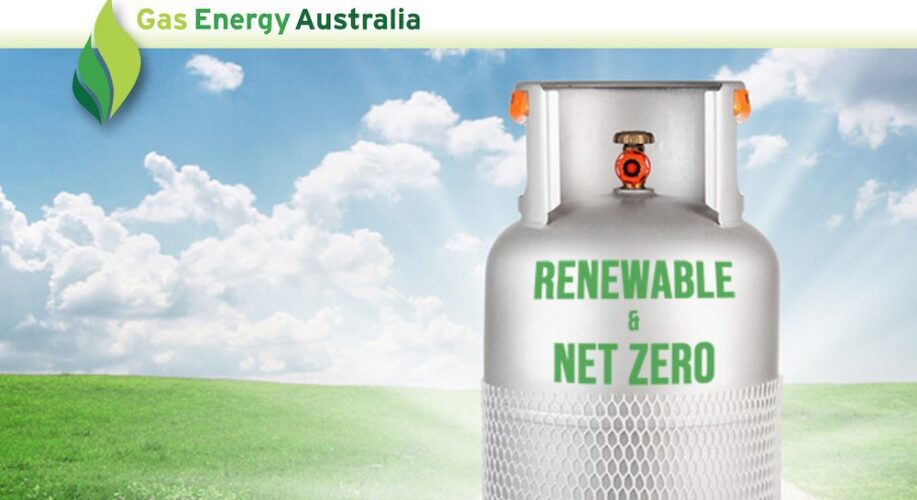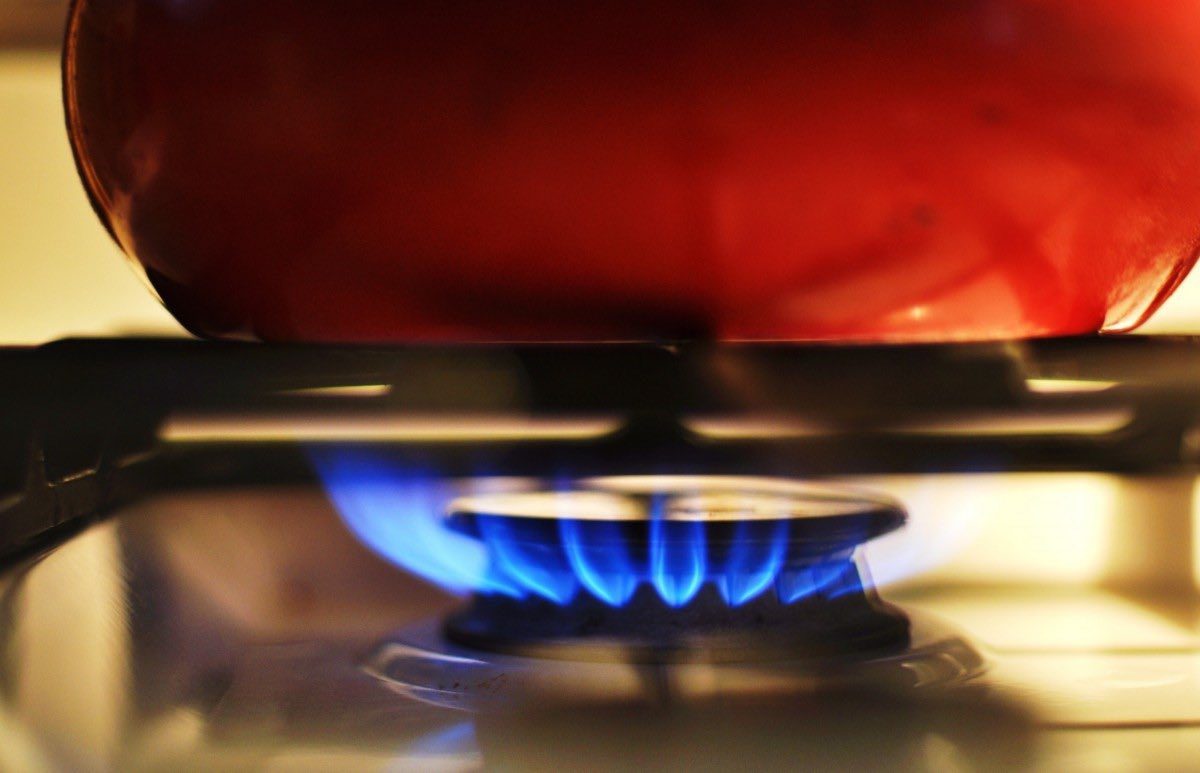A new attack on electrification by Australia’s increasingly desperate gas lobby has been slammed as a “bad faith exercise” designed to mislead consumers at a time when even governments are advising households to kick the gas habit.
Gas Energy Australia on Monday released a “second tranche” of Frontier Economics’ modelling it says shows that switching homes to all-electric appliances is “expensive and, ultimately, pointless.”
The modelling finds that for New South Wales and Victorian households already using LPG – that is containerised liquid petroleum gas used largely by homes and businesses in regions without a mains gas supply – this remains the lower cost option out to the 2040s.
“NEW Residential case studies for NSW and Victorian gas homes, over 830,000 across both states (2 million nationally), show the claims about electric appliances being better on costs and emissions are overcooked. In fact, dead wrong,” GEA says on its conspicuously green-themed website.

And while GEA concedes that the modelling “specifically compares LPG appliances… with both high efficiency and lower efficiency electrical appliances,” in its media release on Monday it claims that “the findings are equally applicable” to all homes using any form of gas.
“The assumption that electrical appliances are always cheaper and lower emitting than gas is demonstrably wrong,” Gas Energy Australia CEO Brett Heffernan said.
“In fact, even the most efficient electrical appliances will yield only a very small CO2 reduction, while setting homeowners back almost $12,000 in appliance and related costs alone, while the costs of upgrading home wiring to cope with the new load runs higher into the tens of thousands.
“In the real world, we have fielded calls from families who have been quoted on refits and told not to expect change from $50,000. That’s serious coin in anyone’s language. But the emissions story is equally galling.
“Faced with these costs, people might think if they opt for cheaper, though less efficient electrical appliances, they’d still be doing the right thing on CO2. But they’d be wrong. Emissions from these less efficient electrical appliances are actually higher than sticking with their existing gas appliances.”
This is the second time within six months the gas lobby has used the Frontier modelling to launch an electrification “cost shock” media offensive, the first being in August of last year.
At that time it was summarily dismissed as a “bunch of bunkum” by Tristan Edis in the AFR – although the AFR then ran this letter to the editor from Heffernan.
This time around, the media release doesn’t appear to have received a single bite, but the Murdoch papers gave Heffernan a big run, including an op-ed in The Australian.
But GEA’s claim that sticking with gas is better for the budget and the environment than switching to electric – and its simultaneous pitch that Australian households will seamlessly transition to cheap and clean “green gas” by 2045 – has again been dismissed as bunkum, this time by Rewiring Australia.
“It is disappointing to see the gas lobby engaged in a bad faith exercise designed to mislead Australians,” Rewiring Australia chief scientist and co-founder Dr Saul Griffith told RenewEconomy in an emailed statement.
“The logic and appeal of electrification is compelling, which is why Australians are flocking to it.
“By contrast, so called ‘renewable’ natural gas is an expensive fuel with limited supply that’s not actually clean and will continue to require significant infrastructure investment.
“These products are still chiefly methane which leaks extensively. Even on the best case scenario, US studies show unconventional gas has approximately half the emissions of conventional gas and is at least twice as expensive.
“By comparison, Australia rooftop solar is the cleanest, cheapest energy in the world and it is available in plentiful supply now.
“The pathway to quick wins for the economy and the climate is to electrify everything and power it with solar. This will remove 40 per cent of our domestic economy emissions and save the average household $3000-5000 per year.”
And some notes on the modelling…
The calculations on emissions from the report assume electric appliances will continue to be powered by a coal and gas-powered grid, when it is abundantly clear that the grid is rapidly transitioning to renewables.
A large portion of home energy already comes from rooftop solar – which is the cheapest source of home energy in the world and far cheaper than any type of gas. It also has zero ongoing emissions.
On costs, the cost of LPG is roughly $140 per 45kg bottle while the cost of electricity on average is 28.5 cents per kWh and the cost of solar over its lifetime amounts to around 3c/kWh.
Using these figures, running a gas water heater for the next 15 years would use around $8,000 worth of LPG, while running an electric water heater with solar over the same period would cost around $2,700.
For space heating it’s a similar story, heating the average Australian home with LPG over the next 15 years has a cost of around $11,000 in LPG. Using a solar powered heat pump, around $2,500.
On the upfront cost numbers from Frontier, Rewiring Australia has repeatedly asserted that few existing gas homes will go all-electric all at once. Rather, they would replace their appliances as they get older and break down. Opting for the electric alternative at that point is a better financial, environmental, and health option.









